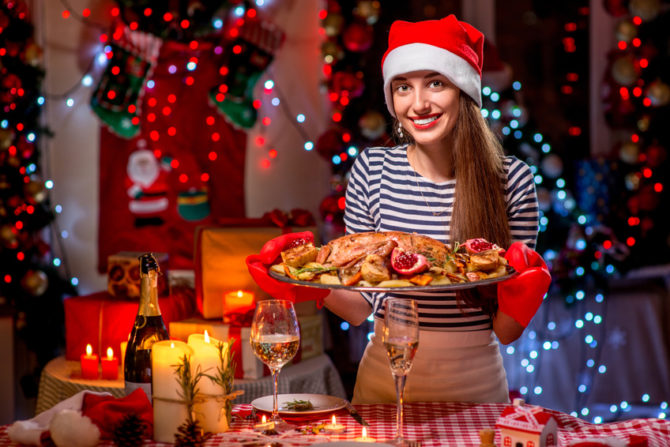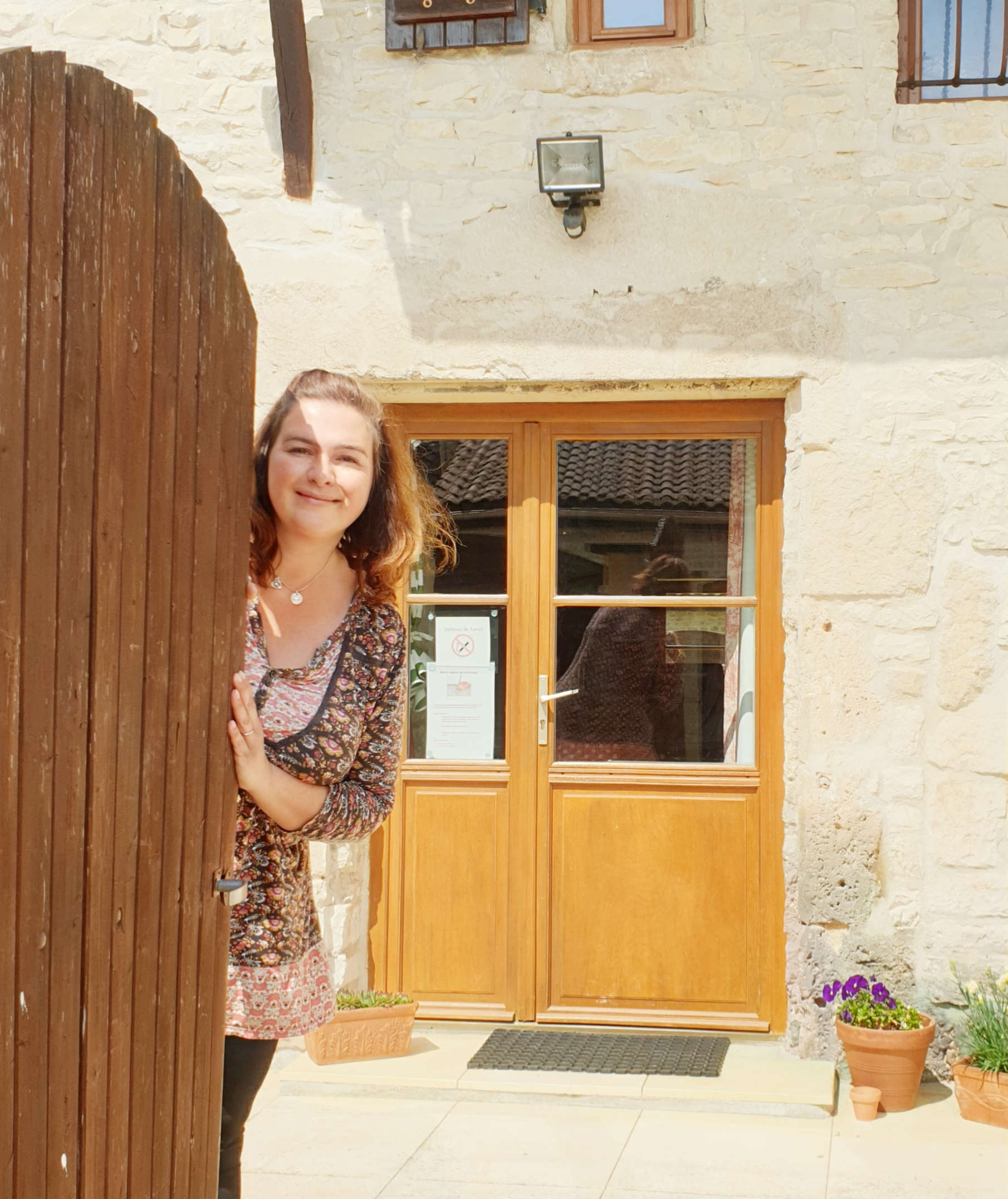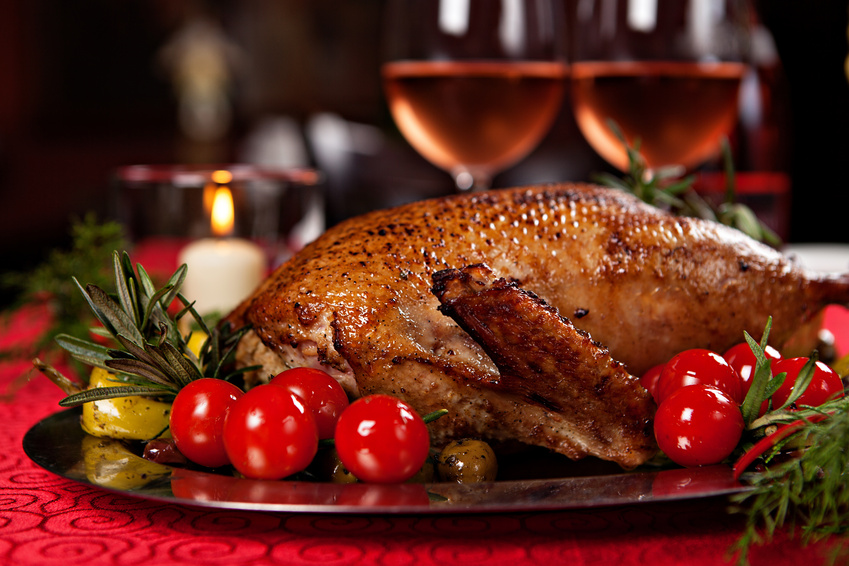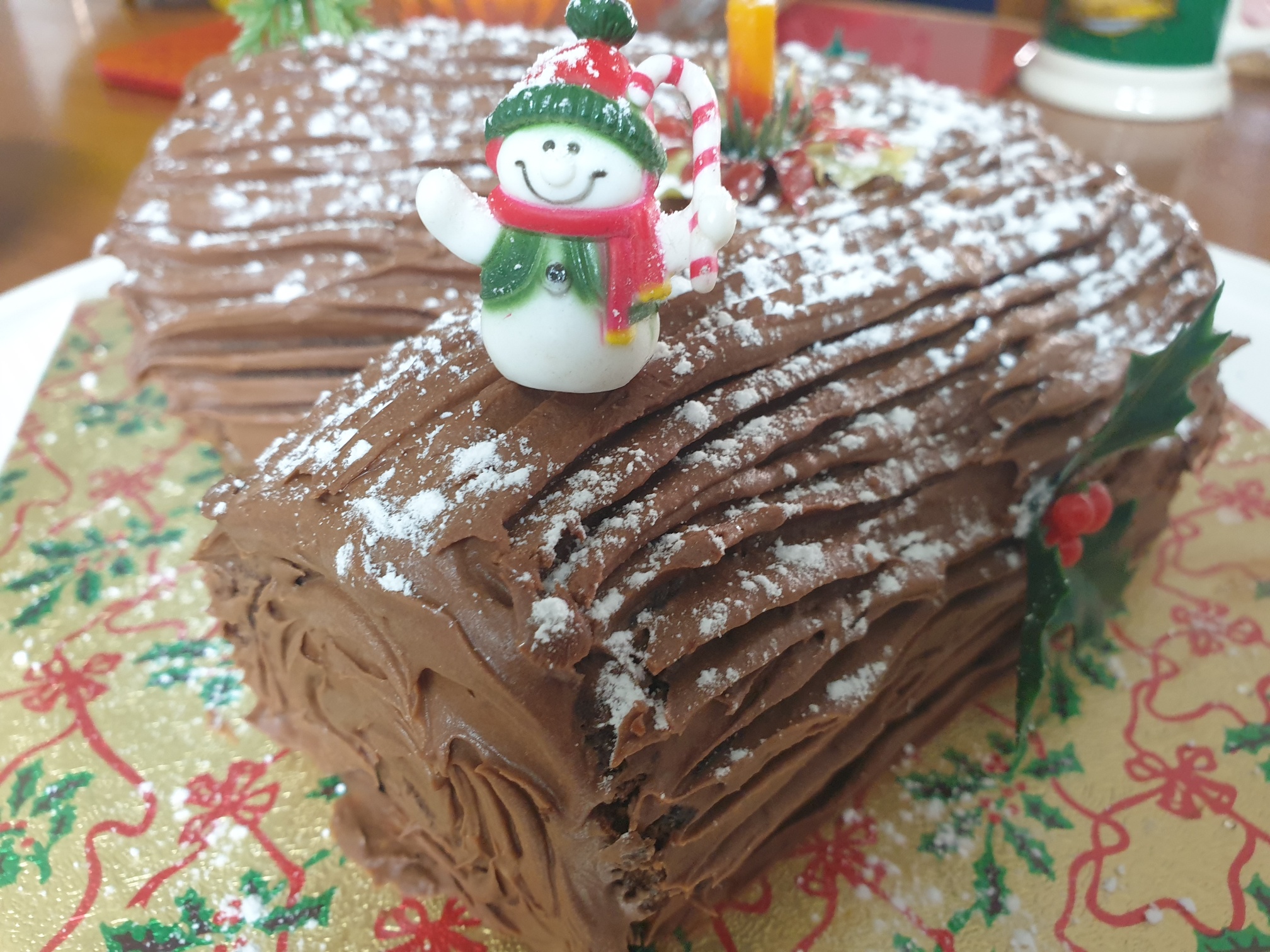Merry Christmas: Celebrating the Réveillon de Noël in France
Feature


When we arrived here in the beautiful Charente several years ago, I admit that we were a little ignorant about Christmas traditions here in France. But we have absolutely loved our journey of discovery ever since!
Christmas Eve is all about the family being together and sharing good food – this is called the Réveillon de Noël in France, typically celebrated on the evening of December 24th. Family members gather for a traditional meal, which is eaten before or after going to Midnight Mass together at the local church.
Aperitifs de Noël
The culture of an ‘aperitif’ before a meal to stimulate the appetite is strong in France, and Christmas aperitifs are usually a little bit special. Drinks-wise, there will almost always be Champagne – maybe with a couple of raspberries dropped in the glass or some syrup to make a Kir Royale. Champagne cocktails are also popular, along with other traditional cocktails.
For aperitif bite-size nibbles, some people may employ the services of a local ‘traiteur’ or caterer to provide some ‘planches apéros’, and the supermarkets also do some lovely appetisers at this time of year, such as savoury macarons, for example. Caviar, smoked salmon, snails, duck, chestnuts and seasonal fayre all make an appearance, as you would expect. Smoked salmon blinis, a pesto pastry tear-and-share Christmas tree, cheese gougères and little savoury shot glass canapés are all very popular. The trick is not to fill up on these bite-sized treats before the main event!
Christmas entrées
For the entrée or starters, many families will have snails, smoked salmon, foie gras, and seafood, especially oysters (of the finest quality; after all, it’s Christmas). Living in the UK, I was never sold on oysters, but with the world-renowned produce here on the southwest coast at Marennes-Oleron, which accounts for half of the oyster production in France, my opinion has changed. The world famous Red Label oysters from Oléron really are fantastic!
Here, oysters are a staple at any family celebration and especially prominent at Christmas. There are four types of oyster found in Marennes-Oleron: fines de claire, speciale claire, fine de claire verte and the pousse en claire. If you want an extra special oyster, buy either the claire verte or the pousse en claire, as these are certified with the prestigious Red Label. These are generally more plump and have a slightly stronger flavour.
Snails are hugely popular at Christmas time, with over two-thirds of sales for the entire year being made. Our local producer here in Mons, La Cagouille Charentaise, supplies a whole range of products from sausages, pâtés and pastry-encased treats at Christmas time.
Many of our neighbours make their own foie gras, and there are many recipes available online. With the UK importing around 200 tonnes of foie gras per year and France selling around 19,000 tonnes of foie gras each year (although figures are decreasing slightly), you can see this is a very popular product. Higher welfare products are available, and we always buy from La Maison de Charente in Tusson.
Fish course
Lobster, salmon, langoustines, prawns, and scallops are very popular for the Réveillon feast. One of our favourites is scallops or ‘Noix de Saint Jacques’, often served in a creamy sauce, inside a puff pastry casing, pan-fried with salad leaves or gratinated in their shells.

The main course (spoiler: it’s not always turkey!)
Turkey is likely to be the main course as tradition dictates, but you might also find goose or lobster served at Christmas. A chapon is also very popular here at Christmas. If, like me, you had never heard of this before, it is a castrated cockerel and is a very juicy, good all-rounder.
If you have just moved to France, you may have noticed that poultry can be comparatively more expensive (although times are changing with global price hikes). There is usually a reason why products cost more. Mass-produced birds available in some sections of some supermarkets are broadly comparable to UK prices. Where possible, we support local artisanal producers, and we use the Charente Producers Association and their markets to buy top-quality, local produce.
Some families may have beef or game, but turkey remains the firm favourite for traditionalists on both sides of the Channel.
Pommes dauphinoise is a popular potato dish instead of the typical British roasted potatoes, often accompanied by a serving of green beans, which may have been jarred and preserved from earlier in the year. An abundance of vegetable dishes is not likely. Neither is cranberry or bread sauce!
Christmas cheeses
The choice of cheeses to display on your cheeseboard is down to personal preference, but selections are usually made based on strength and texture. The Charente is renowned for goats’ cheese production and we have two fabulous producers only ten minutes down the road from La Grue. Scea du Bardonneau, who are accredited with one of the most well-known French brands of “Bienvenue a la Ferme” for fresh farm produce, and La Bulle de Chevre.
Black truffles are both seasonal and luxurious and often paired with cheese at Christmas – a truffle brie or an aged Comté with truffle are both divine!
Do remember, in France, we savour the cheese, and it is served as it is, with maybe a plain salad and crusty bread. No crackers!

Our family’s Buche de Noel
A special Christmas dessert
The traditional Christmas dessert is likely to be a yule log, with many people buying a beautiful creation from the local boulanger/pâtissier. Since moving to France, we have made it our family tradition to bake and ice a yule log ahead of time for the children to add the final flourishes on Christmas day, stabbing in the decorations and sprinkling the snowy icing sugar over the chocolate bark.
Happy Christmas to everyone in France!
In France, children put their shoes and slippers next to the chimney on Christmas eve, hoping that they will be filled with presents and this year, those slippers will be sitting underneath our Christmas stockings.
Joyeux Noel to one and all!
Share to: Facebook Twitter LinkedIn Email
By Carol Paylor
Leave a reply
Your email address will not be published. Required fields are marked *



